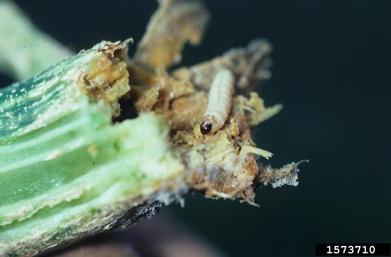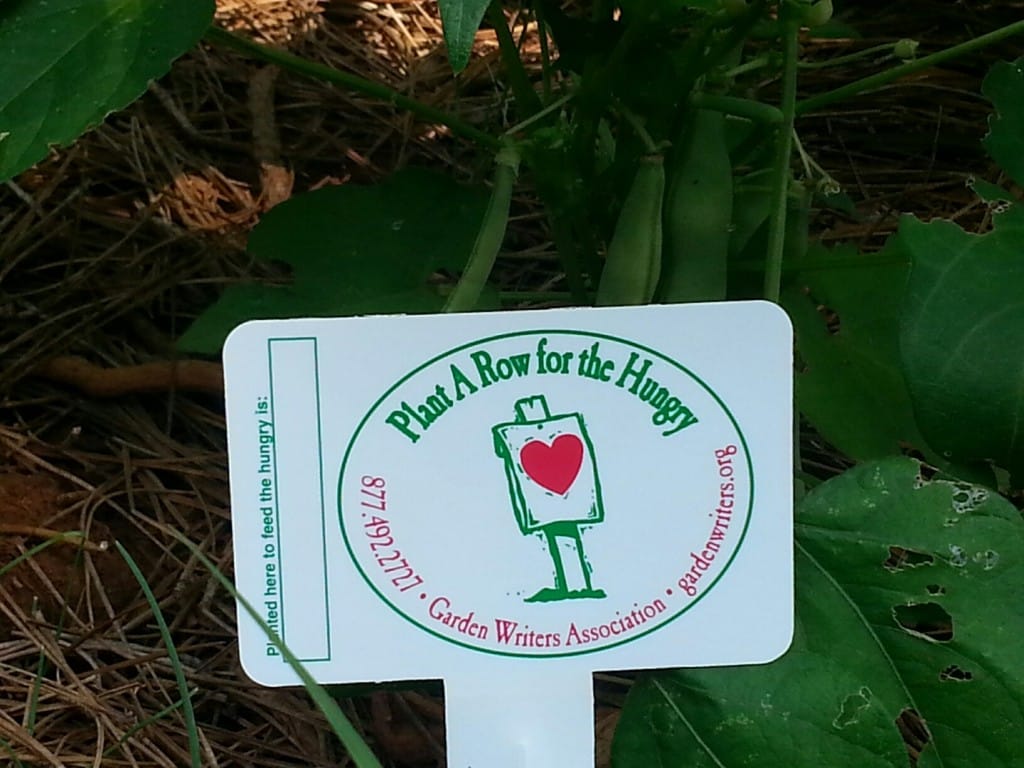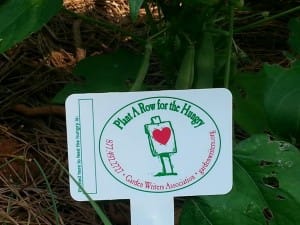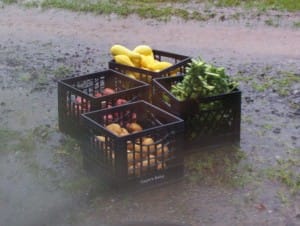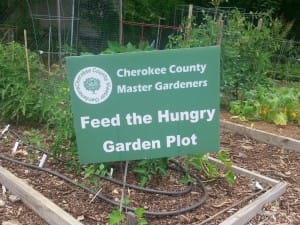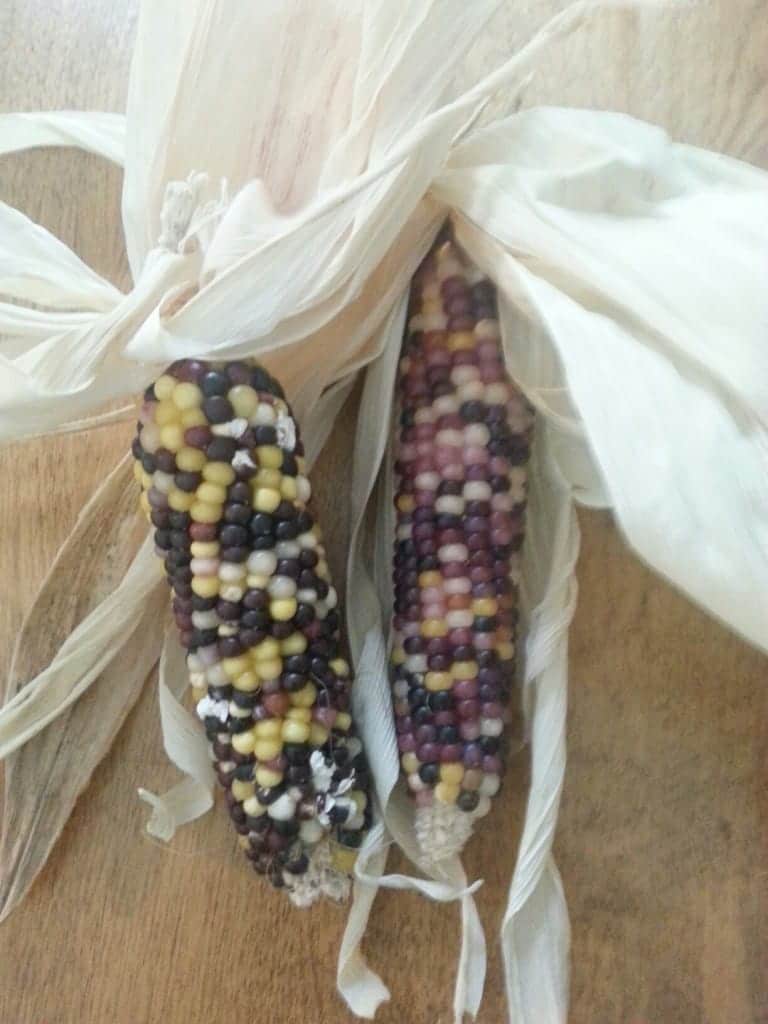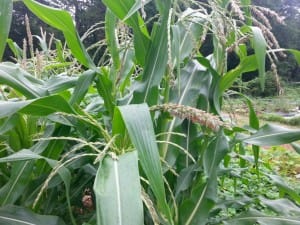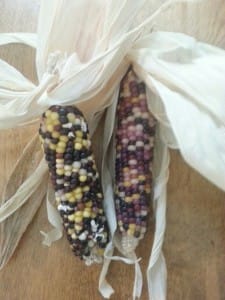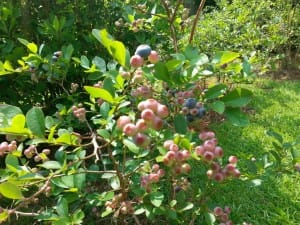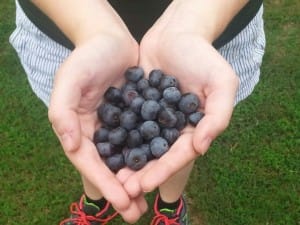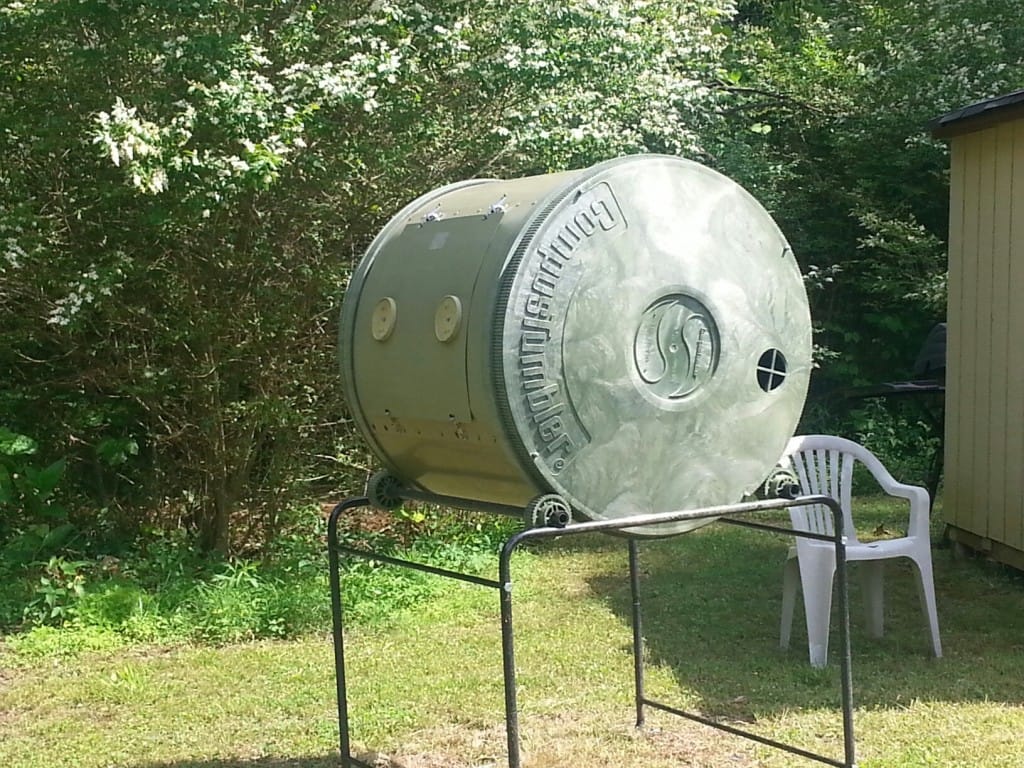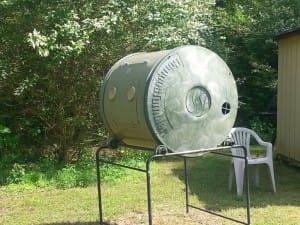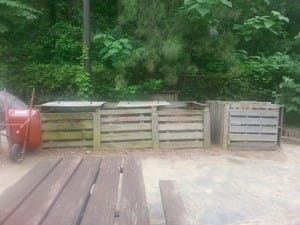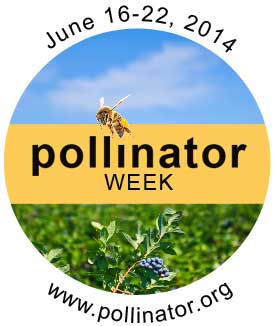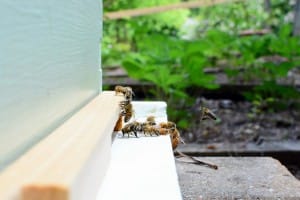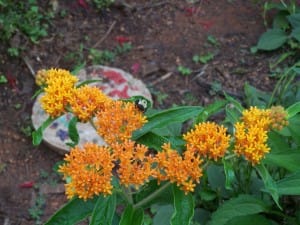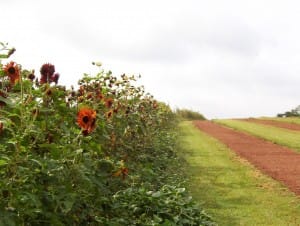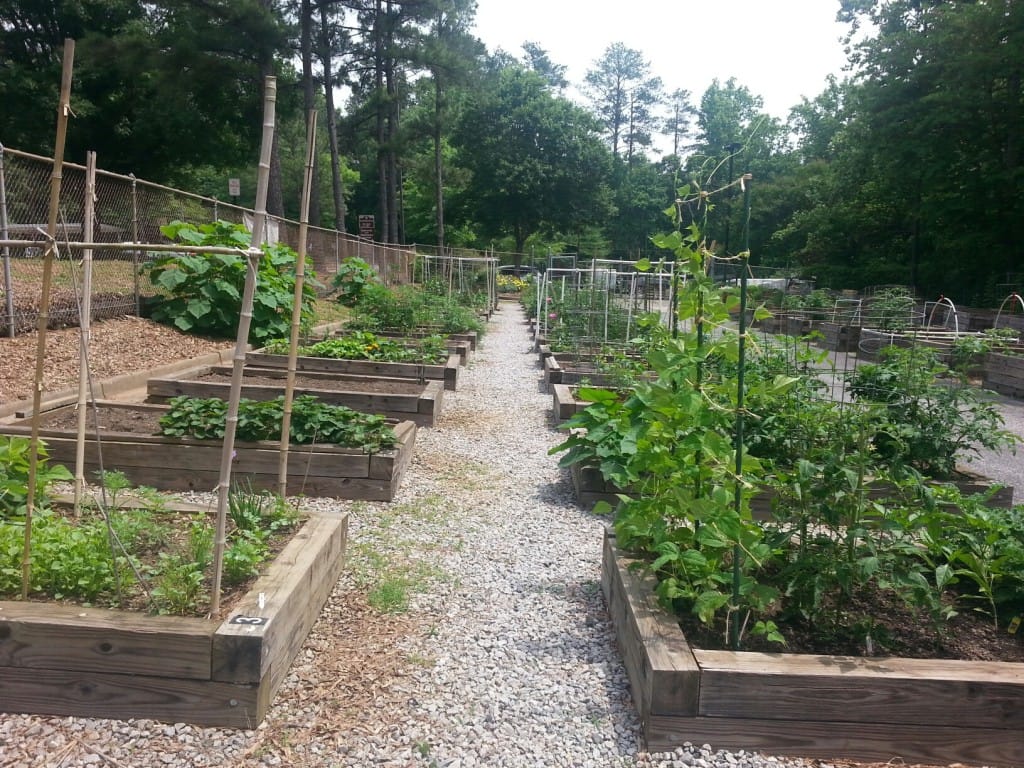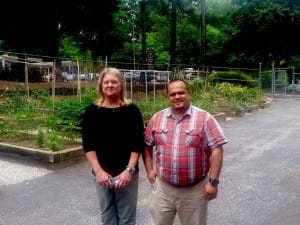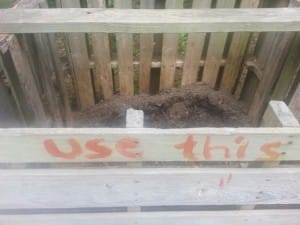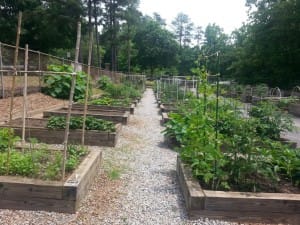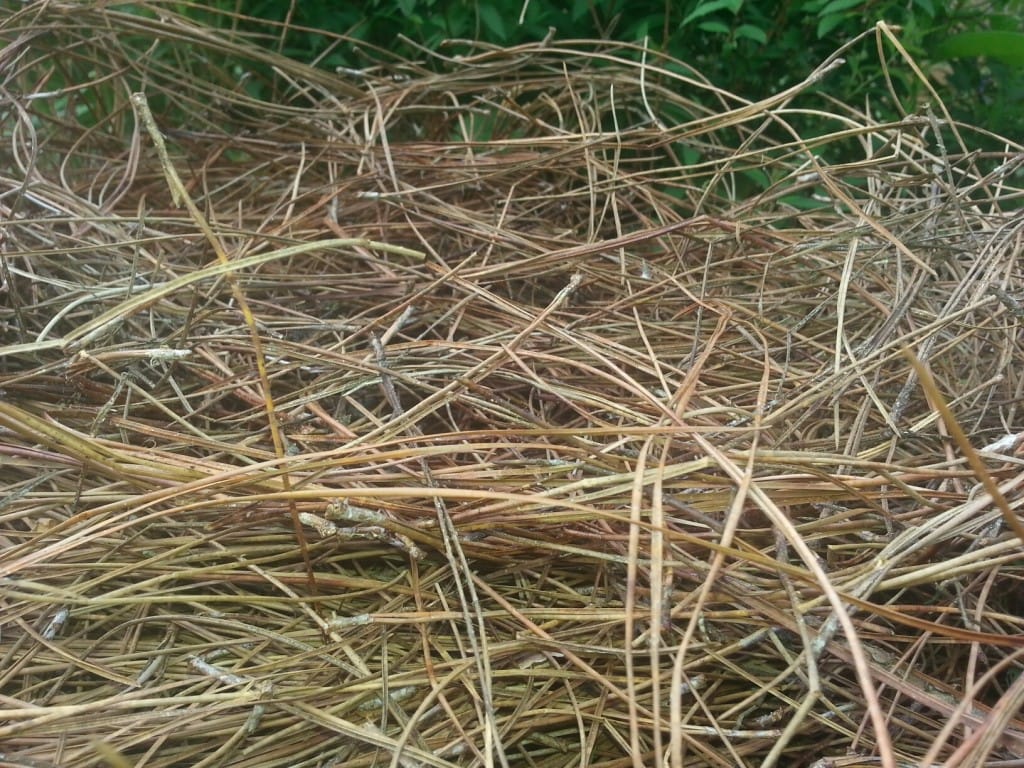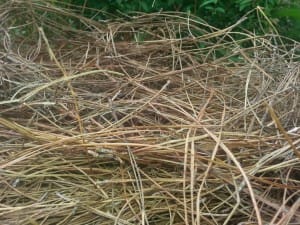If you have grown squash for very long you have probably run across the dreaded squash vine borer (Melitta curcurbitae). One day your plants look great and the next day the plants look wilted. Shortly after they collapse and die. The base of the plant becomes mushy. You may even see small holes at the stem base. Squash vine borers have probably paid your garden a visit.
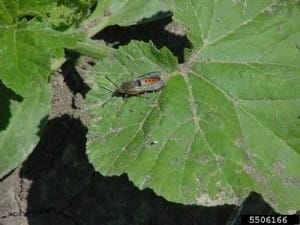
To understand how to control this pest we need to understand a bit about its biology. In June/July adults emerge from under the soil. They fly during the daytime and lay a single egg at the base of susceptible plants like squash and pumpkins. After about a week the egg hatches and the larva bores into the plant stem. The insect will feed through the center of the stem for several weeks. Then the larva will exit the stem and burrow back into the soil to pupate until next summer where it emerge as an adult. There is one generation per year.
Knowing this biology we can use integrated pest management (IPM) to help combat this pest. Choose plants that the vine borers don’t like. Gardeners have had success with moschata types of squash like butternut. Their stems seem to be more resistant to the borer. Next, especially if you have ever had vine borers, you must rotate your crops. Don’t plant squash in the same place next year because the pest is in the soil waiting until next summer to emerge.
If you have planted in an area that does not have a history of squash vine borers you can use row covers (simply structurally supported netting) to block the flying adults from laying eggs. As soon as the squash starts to flower you will need to remove the row covers to give the necessary pollinators access to the flowers. Some gardeners have had success with trapping. The adults are attracted to the color yellow. Some gardeners use yellow bowls with filled with water. The thought is the yellow bowls will attract the insects and they will drown. Yellow sticky traps are also available.
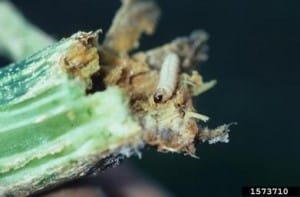
Change your squash planting time. If you can plant very early so that the squash will be mature and fruited before the adults lay eggs, you might outwit the pest. When the squash plant has finished producing vegetables, remove it from the garden.
What if it is too late and you are already infected with squash borers? One recommendation is to make a sharp slit in the stem and remove the borer. Afterwards pile soil around the stem so that the wound is covered with soil. Insecticides can be used for prevention but once the pest is inside the plant, insecticides aren’t very helpful.
If your crop is a complete failure, your local Farmers Market will probably have some squash and you can try again next year.
Contact your UGA Extension Agent for more information on combating the vine borers. Also, visit Homegrown Summer and Winter Squash by Florkowska and Westerfield for other tips on growing squash.
Happy Gardening!
